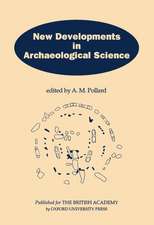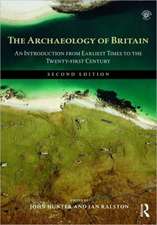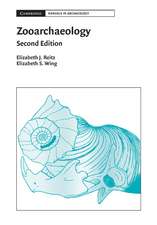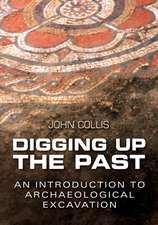Harosheth Hagoyim: Smithy of Nations
Autor S. Kalyanaraman, Dr S. Kalyanaramanen Limba Engleză Paperback – 21 aug 2012
Preț: 115.63 lei
Nou
Puncte Express: 173
Preț estimativ în valută:
22.13€ • 24.05$ • 18.60£
22.13€ • 24.05$ • 18.60£
Carte tipărită la comandă
Livrare economică 21 aprilie-05 mai
Preluare comenzi: 021 569.72.76
Specificații
ISBN-13: 9780982897140
ISBN-10: 0982897146
Pagini: 260
Dimensiuni: 178 x 254 x 14 mm
Greutate: 0.46 kg
Editura: Sarasvati Research Center
ISBN-10: 0982897146
Pagini: 260
Dimensiuni: 178 x 254 x 14 mm
Greutate: 0.46 kg
Editura: Sarasvati Research Center












